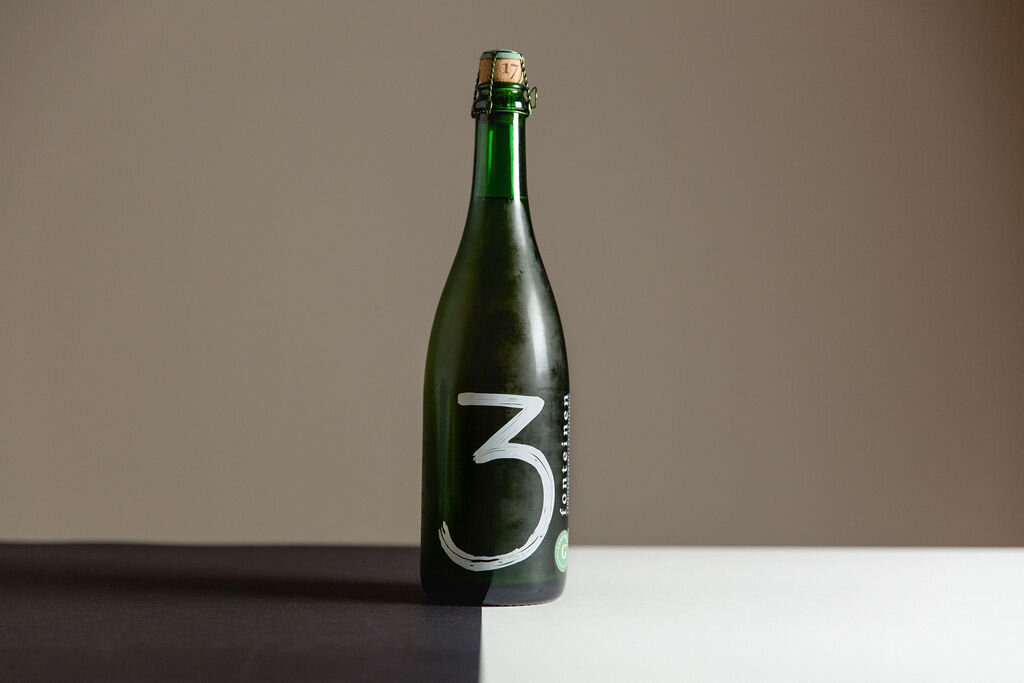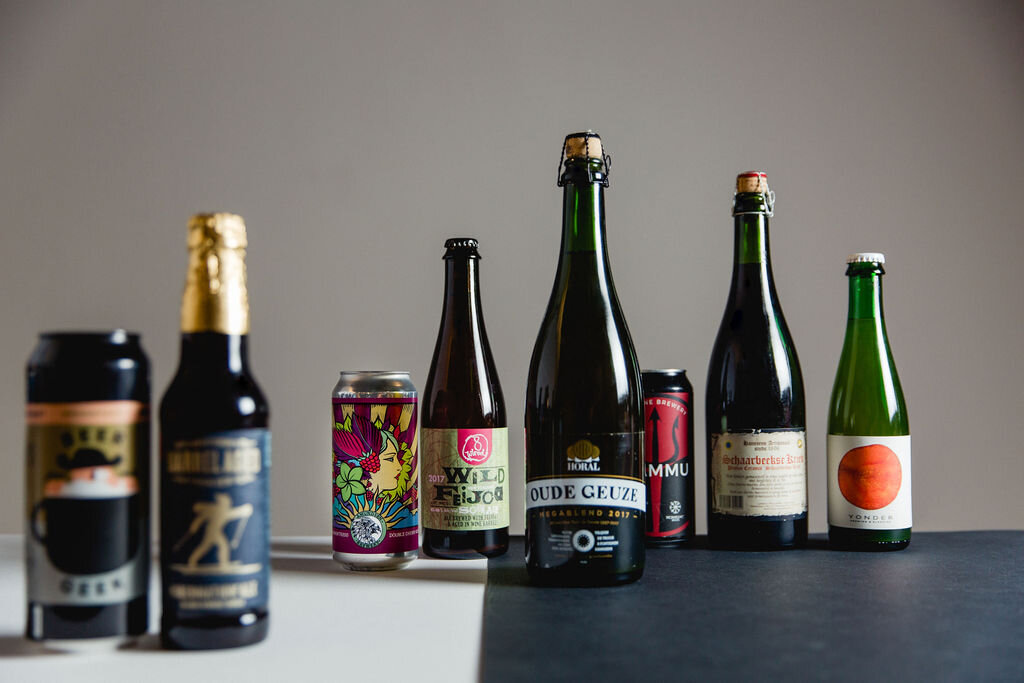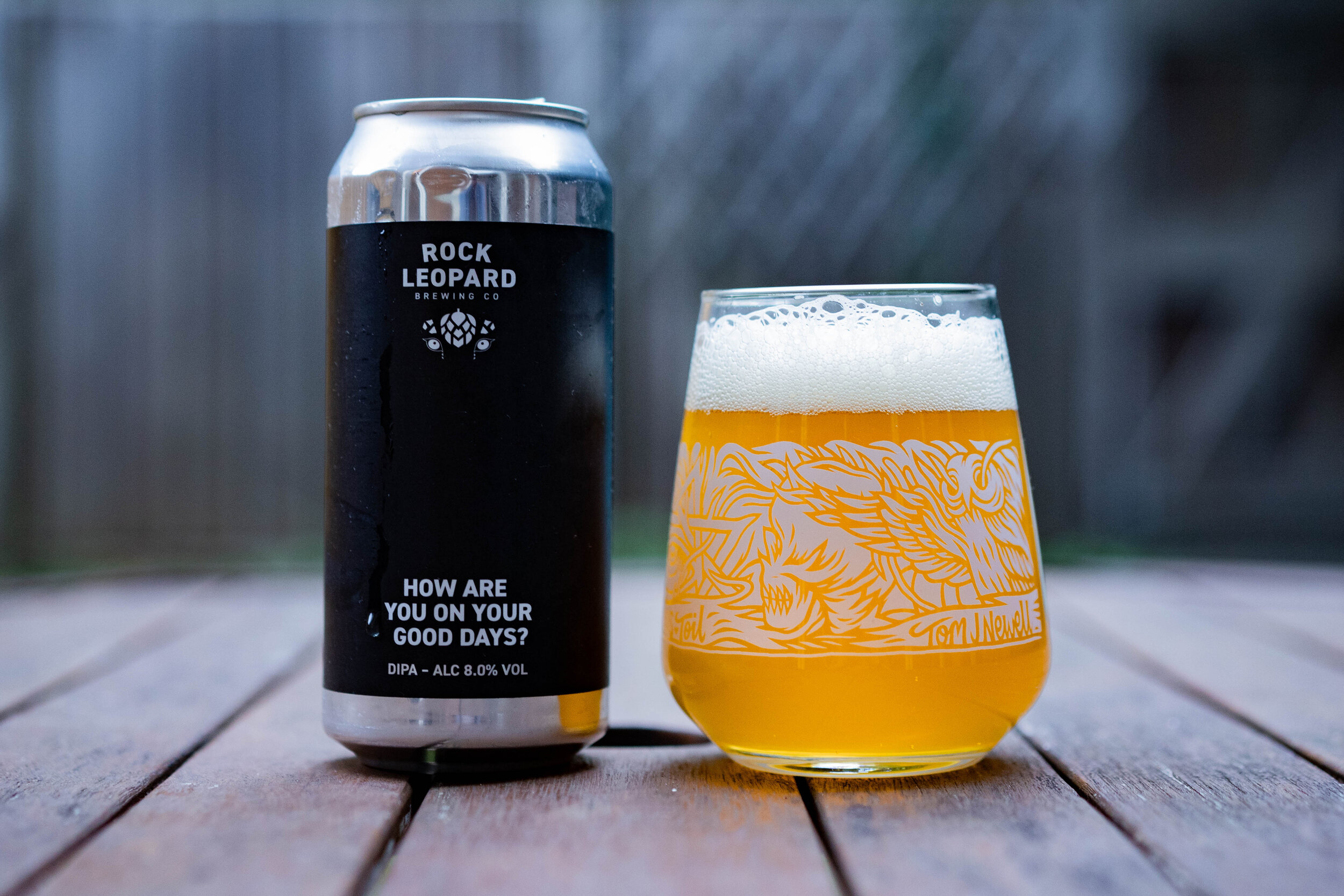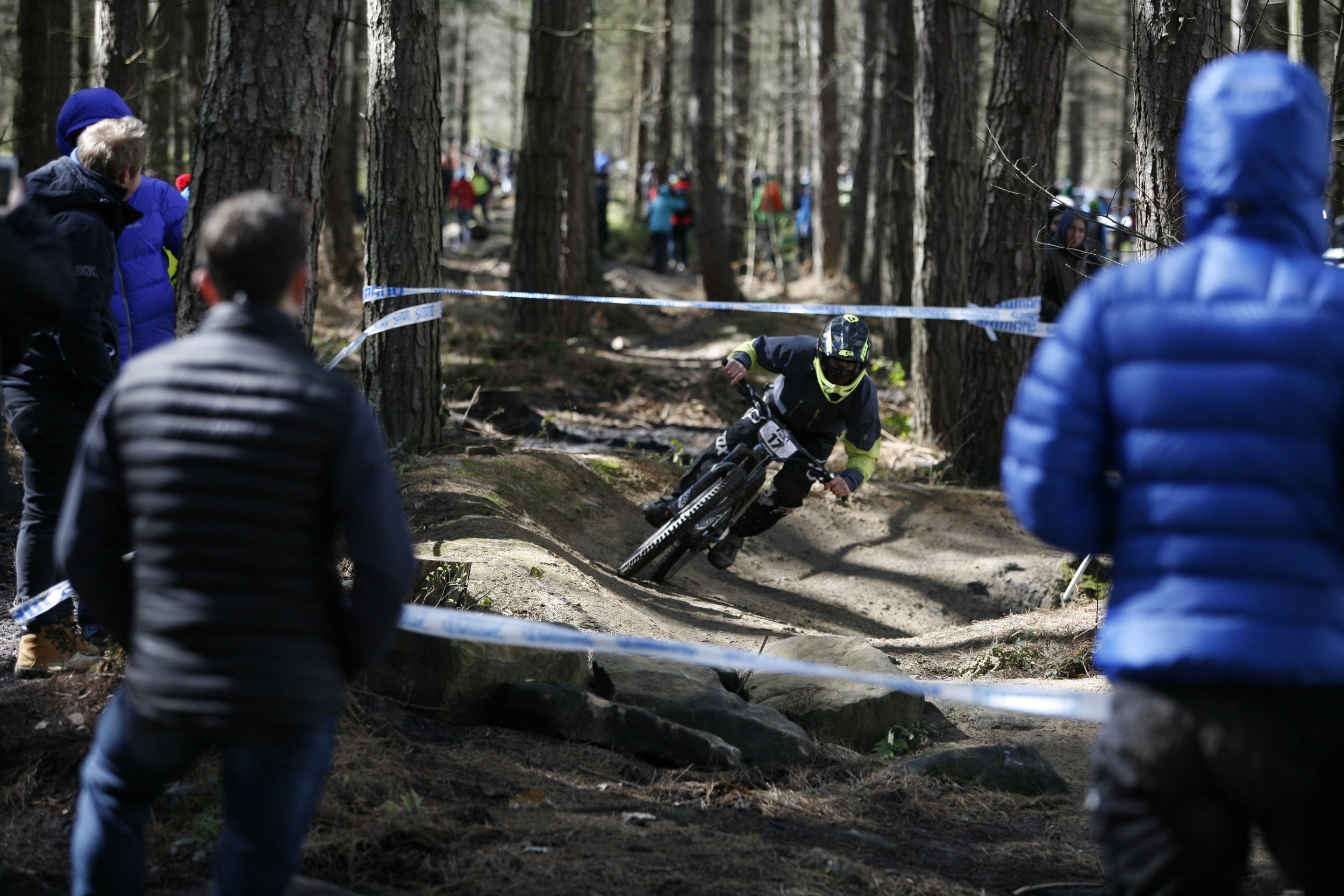Theatre. This is the one-word answer I give people when they ask what’s so good about a desi (British-Indian) pub. By “theatre” I don’t mean there’s some-sort of avant-garde performance going on - although when India win in the cricket, dancing can break out - but there’s spectacle and this show is put on by one sizzling dish - the mixed grill.
For those of you unfortunate enough to not know what a desi pub mixy is then it’s a pile of marinated meats (and fish) cooked on a bed of onions. It’s an Indian take on an English classic: out with the solitary sausage (?), grilled tomato (??) and peas (???) and in with spicy lamb chops, shish kebabs and fiery tandoori wings. It’s the ultimate sharing platter and the meat comes charred with splashes of lemon juice.
I’ve made you hungry. Now I want to make you thirsty. Eating a mixed grill is similar to having a BBQ and I think reveals a great deal of what beers pair well best with darkened meats. My hunch here is that lager is for the unadventurous and you’re better pairing black with black. So if you’re after imbibing inspiration while firing up your BBQ then I’m here to help.
When you’re sitting in the garden on a hot day the last drink you think you’ll need would be an Imperial Stout with a 12% ABV. But in moderation I fully recommend Memory and Perception, from Finback, a New York brewery, with its coffee flavours. It possesses a maple syrup tone that would work well with smoky meats and its vanilla flavour would go well with charred chicken.
Rock Leopard’s Everyday Stout (5% ABV) also has a very apt name and it’s perfect with indulgent meats as its milk chocolate, cocoa and mild caramel tones worked well when I tried it with blackened wings and paneer. In fact, its Tia Maria-like subtle finish acted like a digestif to my meal proving that there’s a lot more to this stout than you would imagine.
Milds are always linked to food-free sessions and the first desi pubs as they were traditionally drunk by foundry workers in the Midlands in their lunch breaks. Interestingly, their typically low ABV was a relic of the First World War and prior to this conflict they had a lot higher alcohol volume. Put simply, I think the beer’s misunderstood and can pair well with food.
Take Merakai’s Modern Mild (4.5%). The brown beer acted as a wonderful coolant for a hot (as in chillies) marinade that I fashioned with some lamb. Its surprising black liquorice flavour gives it a bitter-y aftertaste that I found went well with hearty meats - especially burgers - and its soft caramel tones paired perfectly with the caramelised onions placed on top of my patty.
One of the forgotten tastes in general, with BBQed meats and, in particular, when it comes to beer pairings, is umami - the Japanese word for deliciousness that equally applies to Indian food. You may find it especially in seared, soy sauce-marinated flesh but also its ubiquitous in tamarind desi sauces that go with grills.
The St. Stephans Bock by Zötler Brewery in southern Germany has a mild unami scent and its light nutty flavour mixed well with the brown sauces that can be doused over kebabs and wings. At 7.1% ABV it was a substantial and full bodied drink which is best shared around.
The British weather is notoriously unpredictable so instead of getting a crate of lager it makes sense to buy a few dark beers, like I’ve mentioned, because you don’t know when you’ll be eating your BBQ outdoors or indoors. It can be frustrating to be an al-fresco chef in the UK but with these recommendations I’ve given you there’s plenty of warm comfort from a bottle (or can) of the dark stuff.
David Jesudason is a freelance journalist, he writes a weekly essay on Desi pub culture here davidjesudason.substack.com and you can read more powerful and superbly written pieces HERE on the Bangladeshi legacy of the British curry house to IPA’s colonial identity and more. Which led him to be named Be Inclusive Hospitality's Writer of The Year in 2022. His first book has just been released covering Desi pubs which guides the reader through pints, food and the culture of this British-Indian institution (available to buy at Hop Hideout). Not all the beers mentioned in the piece above are available, due to being specials. However you can follow David’s beer and food pairing principles to find plenty of other tasty beers in our online shop, buy UK beers HERE and imported HERE.




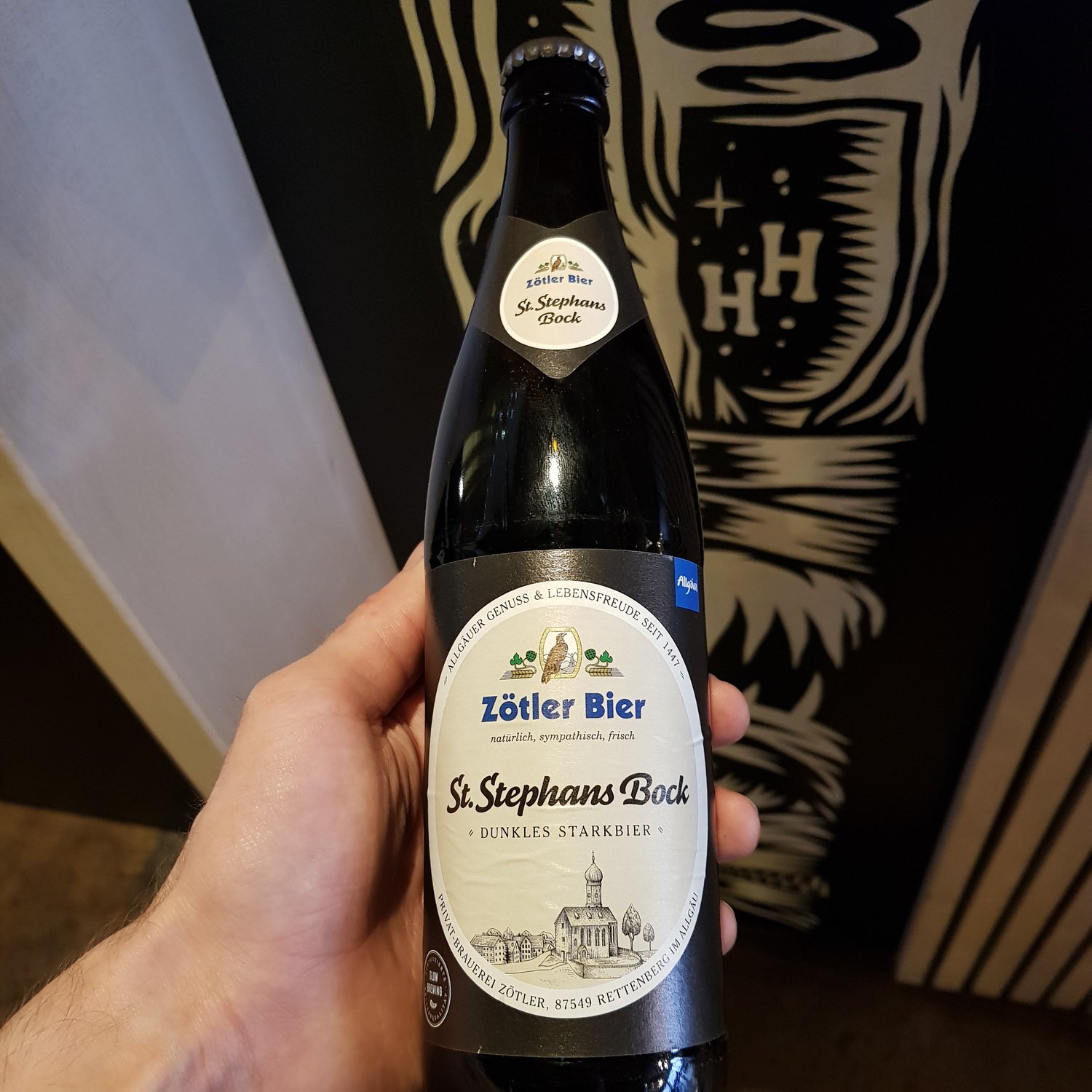

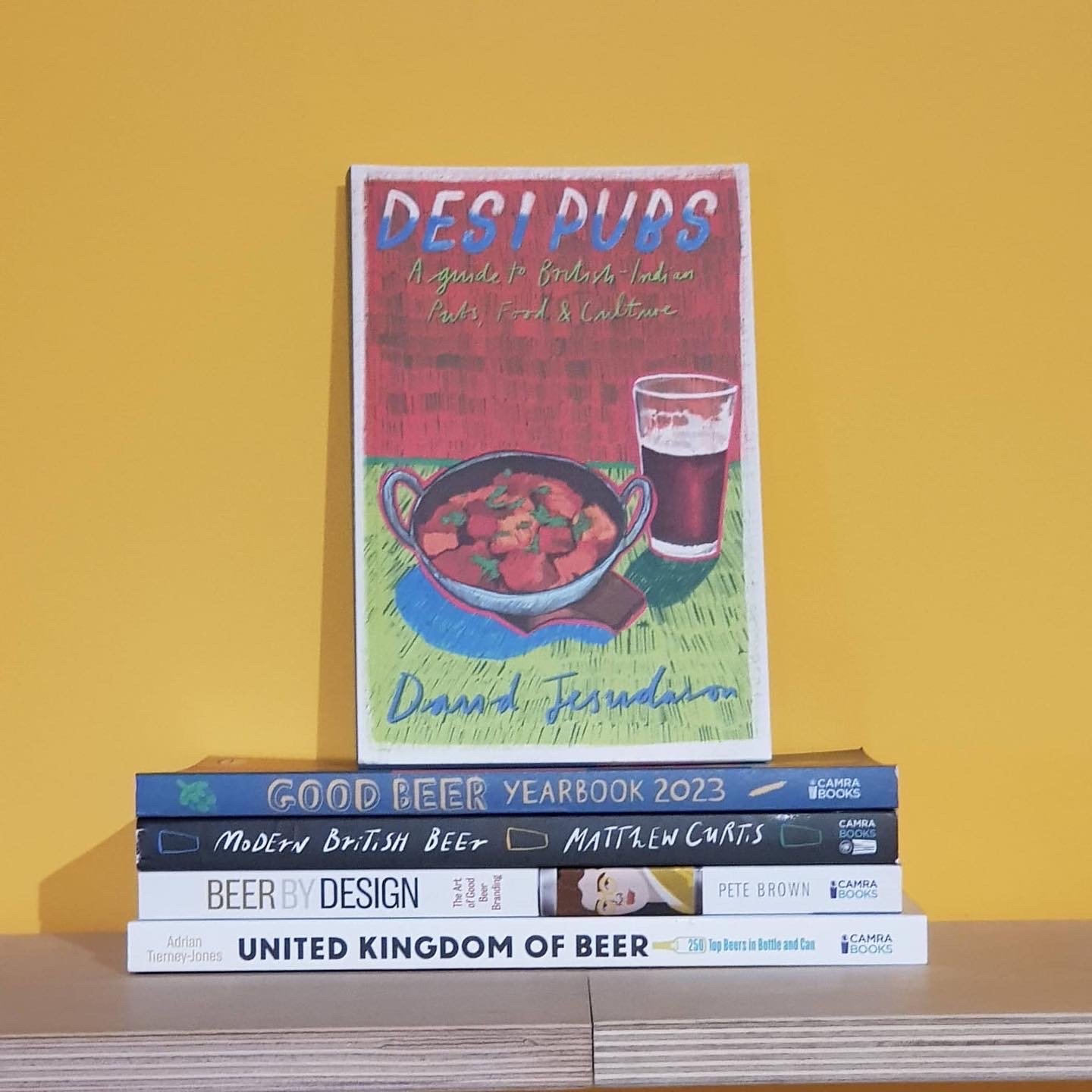

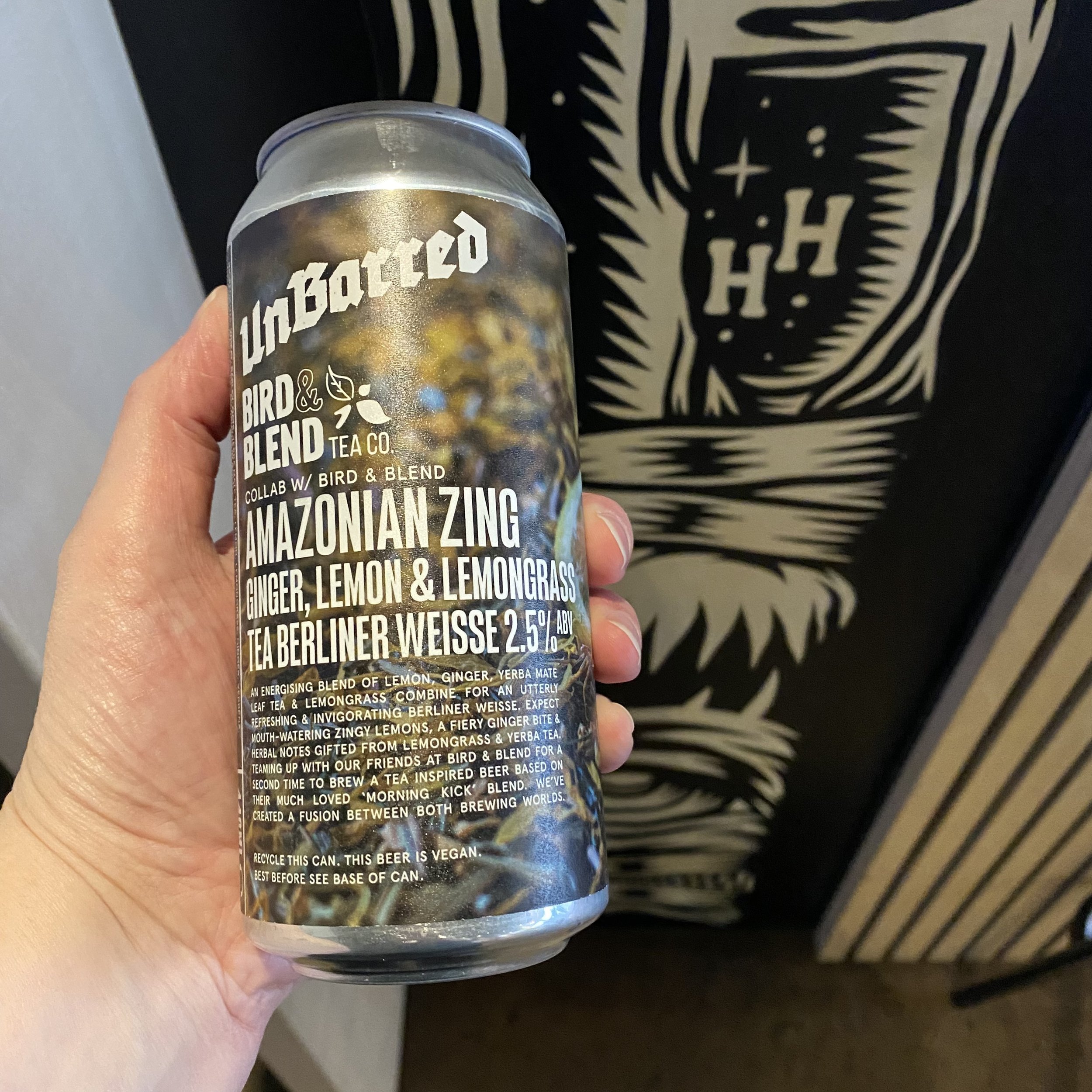


![Jules’ shop, Hop Hideout within Kommune in Sheffield city centre. [Permission granted by Jules Gray to share image]](https://images.squarespace-cdn.com/content/v1/54bea3cfe4b076ecaf4010df/1630156353286-JLCJLJNSW79PRVPZYV6V/sheff+feminist2.jpg)
![Jules’ appearance on Channel Five’s Summer on the Farm, where she hosted beer tasting. [Permission granted by Jules Gray to share image]](https://images.squarespace-cdn.com/content/v1/54bea3cfe4b076ecaf4010df/1630156430313-3LNLIRNQDSP0L1190SFX/sheff+feminist3.jpeg)
![Jules pictured next to the Women of Steel statue in the city centre, near the City Hall. [Permission granted by Jules Gray to share image]](https://images.squarespace-cdn.com/content/v1/54bea3cfe4b076ecaf4010df/1630156464698-LAUTBANTF5J2CC4NXM3A/sheff+feminist4.jpeg)
![Jules pictured with a Hop Hideout beer and some food from Kommune’s Fat Hippo. [Permission granted by Jules Gray to share image]](https://images.squarespace-cdn.com/content/v1/54bea3cfe4b076ecaf4010df/1630156516336-V4RVBT7BN6MYLLINQS4D/sheff+fiminst5.jpg)
![Whitbread’s Exchange Brewery in Sheffield, on Bridge Street by the River Don. [Attribution: Chris Downer, licensed under the Creative Commons Attribution-Share Alike 2.0 Generic license]](https://images.squarespace-cdn.com/content/v1/54bea3cfe4b076ecaf4010df/1630156545758-J193X9ZIA1MWRXF5TX44/sheff+feminist6.png)
![Cannon Brewery Gates, Rutland Road, Neepsend, Sheffield. [Attribution: Terry Robinson, licensed under Creative Commons Attribution-Share Alike 2.0 Generic license]](https://images.squarespace-cdn.com/content/v1/54bea3cfe4b076ecaf4010df/1630156590696-LD6ZDPYGCCO0QUTU6PIJ/sheff+feminist7.png)
![‘Beer For All’ pin. [Permission granted by Jules Gray to share image]](https://images.squarespace-cdn.com/content/v1/54bea3cfe4b076ecaf4010df/1630156682690-2M6DF8VVIFN62AQY2Z03/sheff+feminist8.png)
![Image of Hop Hideout’s beer taps. [Permission granted by Jules Gray to share image]](https://images.squarespace-cdn.com/content/v1/54bea3cfe4b076ecaf4010df/1630156919419-9SM91KT9KG8WN2VTCP9W/sheff+feminist9.jpg)
![An example of advertising in the beer industry in the early 1900s in the US (Boston Brewery), through the male gaze. [Attribution: Boston Public Library, licensed under the Creative Commons Attribution 2.0 Generic license]](https://images.squarespace-cdn.com/content/v1/54bea3cfe4b076ecaf4010df/1630156988601-59YMO5D57ZZJ38CUSQNA/sheff+feminist10.png)
![Hop Hideout logo. [Permission granted by Jules Gray to share image]](https://images.squarespace-cdn.com/content/v1/54bea3cfe4b076ecaf4010df/1630157022754-AM5YRZ1KBX53B2O0YQDG/sheff+feminist11.jpg)
![Sheffield Beer Week logo. [Permission granted by Jules Gray to share image]](https://images.squarespace-cdn.com/content/v1/54bea3cfe4b076ecaf4010df/1630157139571-JV5HBWEN8ITJ4VUSWNHI/SheffBeerWeek300dpi.jpg)
![Indie Beer Feast logo. [Permission granted by Jules Gray to share image]](https://images.squarespace-cdn.com/content/v1/54bea3cfe4b076ecaf4010df/1630157269532-T1ZQGBLQ47TFLTNJC6N3/image0+%2832%29.jpeg)




